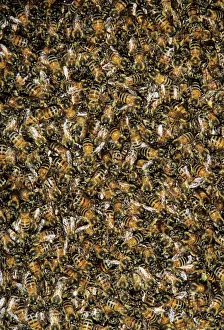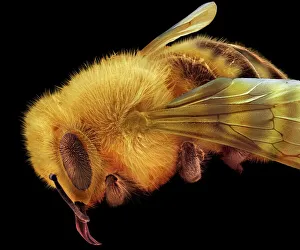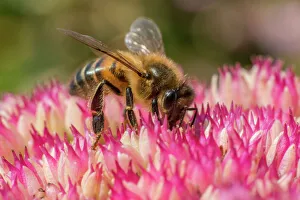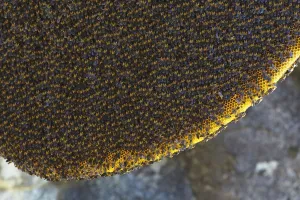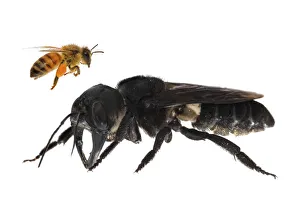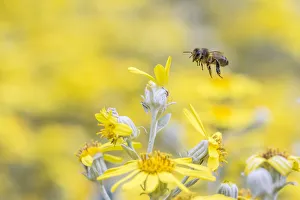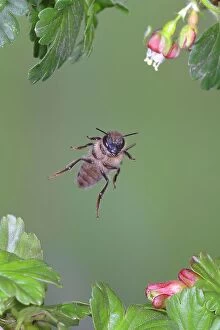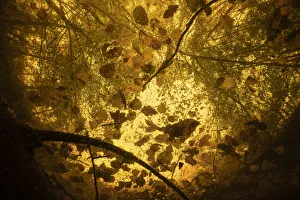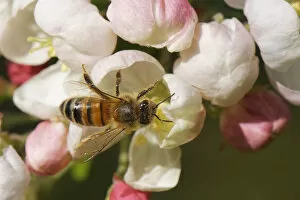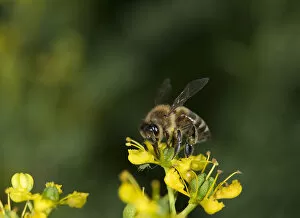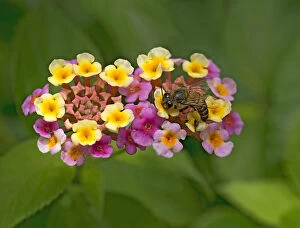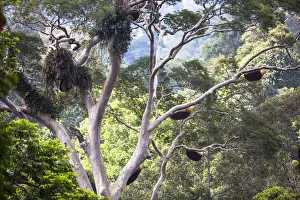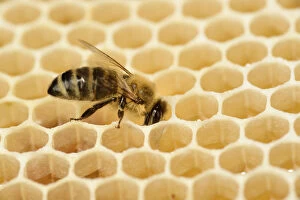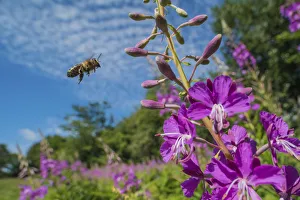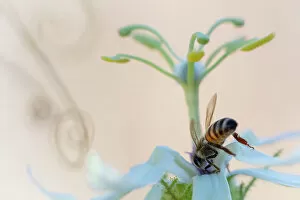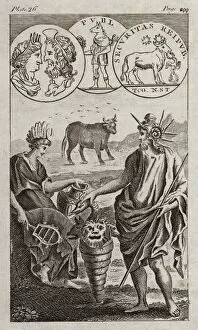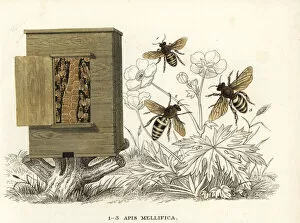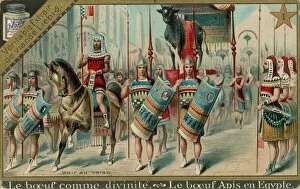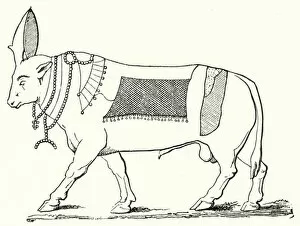Apis Collection
Apis mellifera, commonly known as the honey bee, is a fascinating creature that plays a vital role in our ecosystem
All Professionally Made to Order for Quick Shipping
Apis mellifera, commonly known as the honey bee, is a fascinating creature that plays a vital role in our ecosystem. These industrious insects are responsible for pollinating countless plants and producing delicious honey. In the Welder Wildlife Refuge in Sinton, Texas, one can witness the mesmerizing sight of bees swarming around a wild honey cone. The sheer number of bees buzzing around showcases their incredible social structure and teamwork. The European honey bee (Apis mellifera) is not only beautiful but also essential for pollination. In an image captured by scanning electron microscopy (SEM), we get an up-close look at this remarkable species feeding on ice plant flowers. Their delicate wings and intricate body structures highlight their adaptability to various environments. Worker bees of the Apis mellifera var carnica subspecies demonstrate their dedication to protecting their hive in another captivating photo. They form panic formations on a comb with eggs, ready to defend against any potential threats. Witnessing a large swarm of Western honey bees (Apis mellifera) is truly awe-inspiring. This spectacle reminds us of the collective power these tiny creatures possess when they come together for survival and expansion. Even beyond borders, these amazing creatures continue to fulfill their crucial role as pollinators. On Danzante Island in Loreto Bay National Park, Mexico, Western honeybees diligently pollinate Desert passionflower blooms amidst breathtaking scenery. Traveling further east brings us to Mount Namjagbarwa in Yarlung Zangbo Grand Canyon Nature Reserve where Himalayan honey bees (Apis dorsata laboriosa) build impressive combs. These giant bees showcase nature's diversity and resilience even in challenging mountainous regions. A composite image featuring Wallacea's giant bee alongside its European counterpart highlights both size variations within the genus Apis and underscores how different species coexist harmoniously within ecosystems worldwide.

